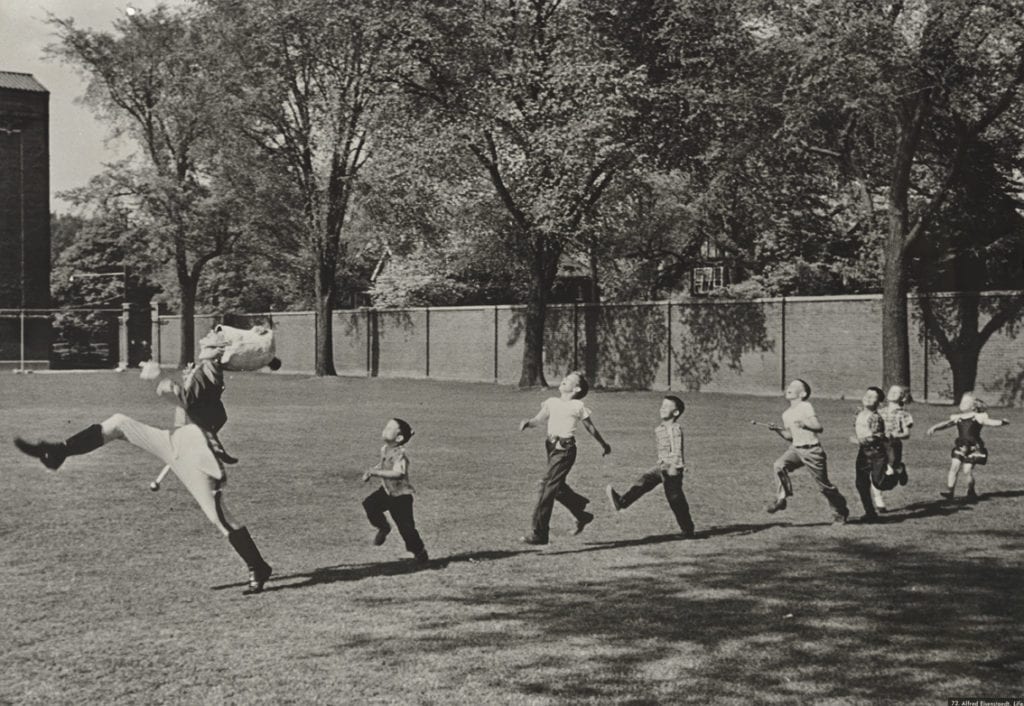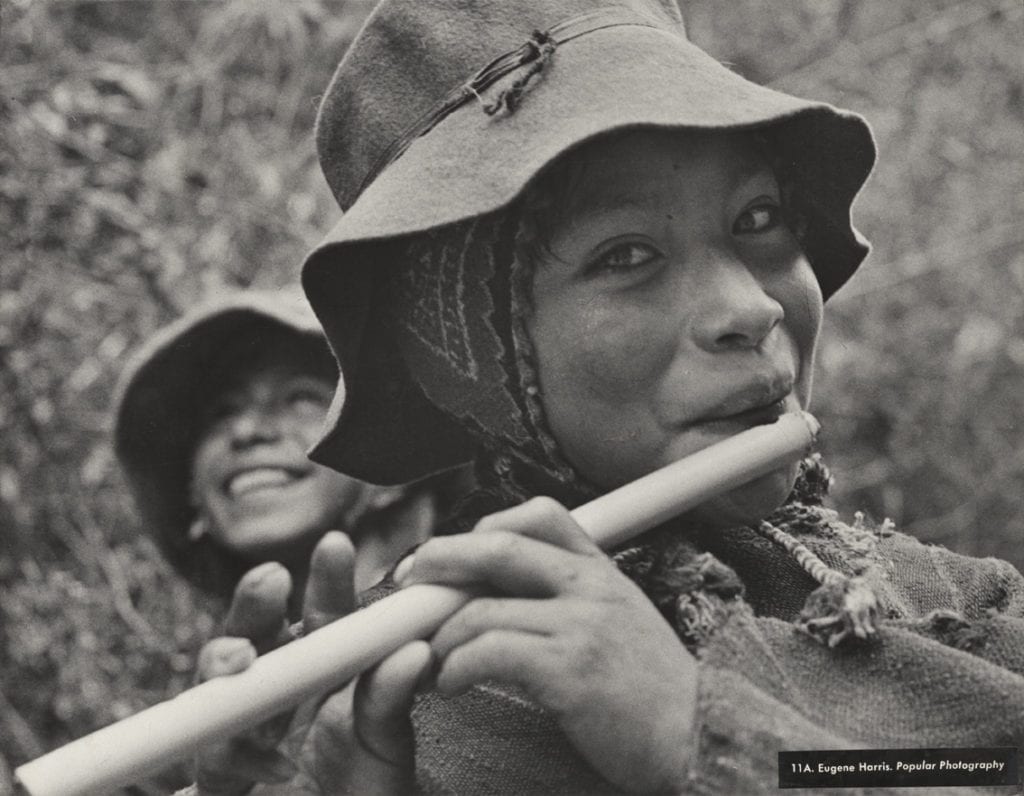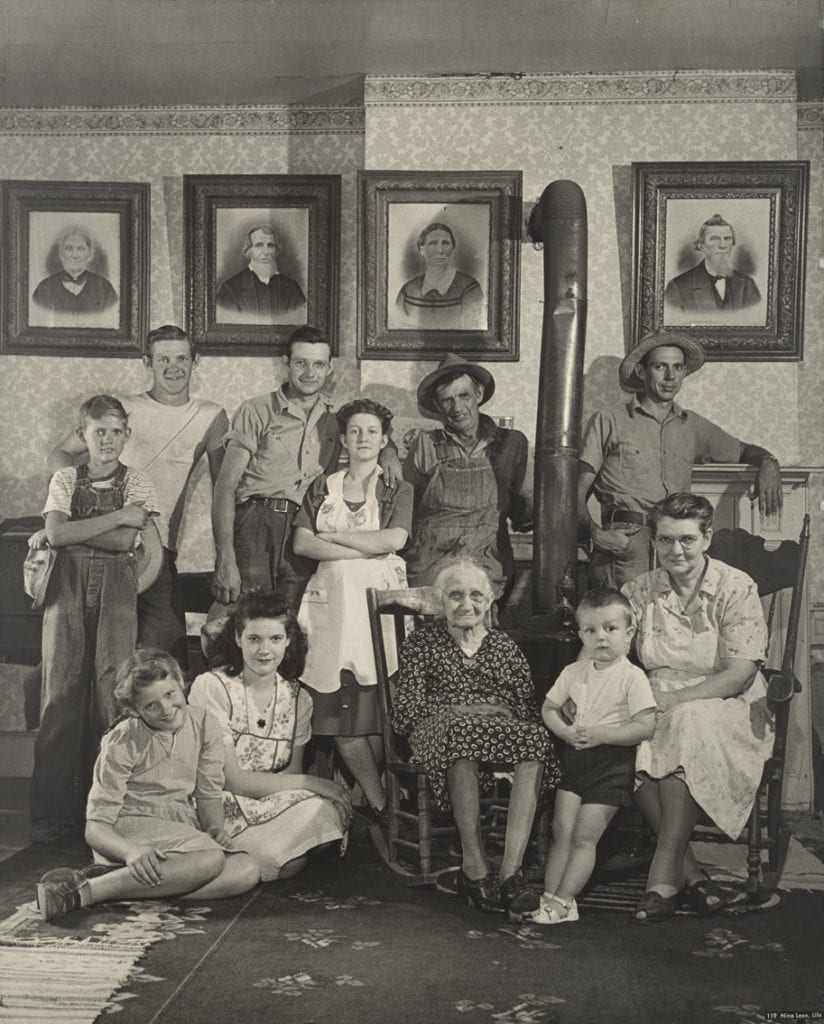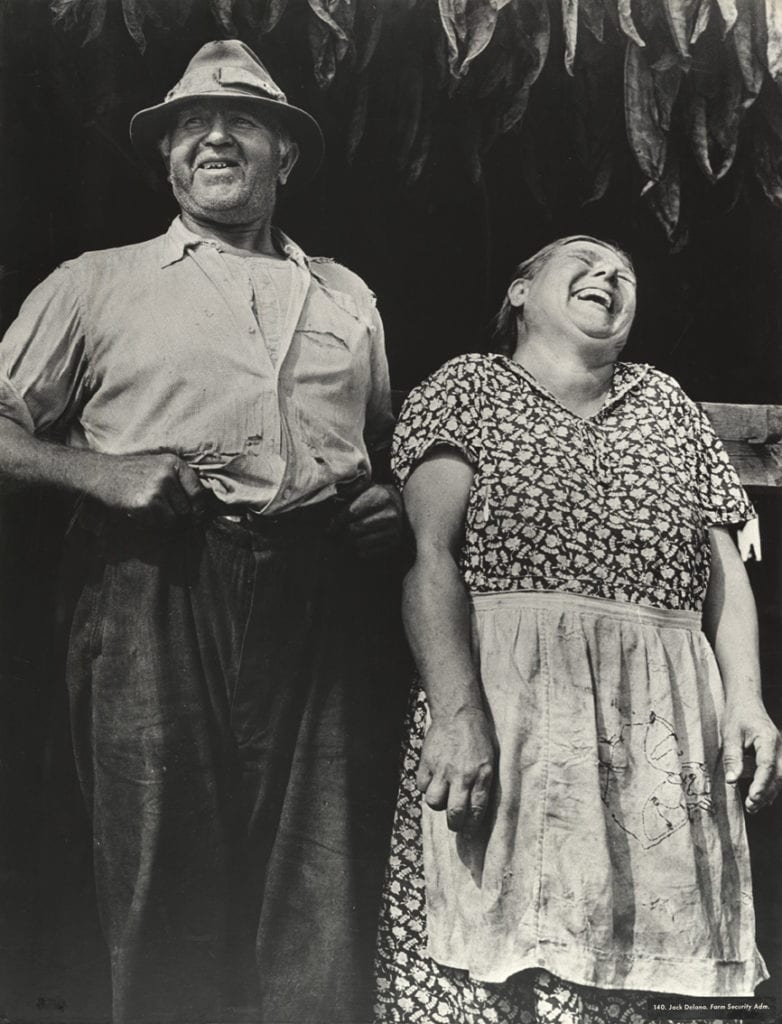Portrait of Humanity is a new global initiative in partnership with Magnum Photos, seeking to prove that there is more that unites us than sets us apart. Through the power of photography, we want to portray the unity of human beings around the world, by inviting photographers to capture the many faces of humanity. There has been only one exhibition that has sought to spread a similar message on this scale before, and that was Family of Man, which toured the world for eight years in the 1950s.
In 1955, almost a decade into the Cold War, and as anxiety was building surrounding the possibility of a catastrophic Nuclear War, Edward Steichen, the director of the Museum of Modern Art’s Department of Photography, decided to take on a momentous challenge; to create a photography exhibition showing the “essential oneness of mankind.” Calling for images taken by photographers across the world, Steichen’s aim was to build a visual manifesto of peace.

First shown at MoMA in New York (US), the exhibition then toured the world for eight years to record-breaking audience numbers. By the end of its tour, an estimated nine million people had been to view the photographs. Family of Man still stands as the most seen exhibition in history. Making 37 stops in six continents, the only geographical stones left unturned were in Spain, Vietnam and China, where political relations with the US were deemed too fragile to visit at the time.
Edward Steichen curated 503 photographs from a pool of more than two million entries, hailing from 68 different countries. They included the works of now legendary photographers Elliott Erwitt, W. Eugene Smith, Alfred Eisenstaedt and Nina Leen, among many others. The exhibition showed a wide scope of human experience, calling for images “made in all parts of the world, of the gamut of life from birth to death, with an emphasis on the everyday relationships of man to himself, to his family, to the community and to the world we live in.”

Selected works included a 1950 photograph showing four generations of farm workers; a young boy playing the flute in Peru; an Inuit mother of the Padleimut tribe kissing her child in an Igloo in 1950, alongside more harrowing images; a ‘damaged child’ staring hauntingly into the camera in Shacktown, Oklahoma in 1936, and a soldier with a thousand yard stare in Korea, 1950. Looking back at the exhibition now is slightly disconcerting; you realise both how little and how much has changed in the last 63 years.
Among the exhibition’s particularly notable works is Dorothea Lange’s Migrant Mother. Taken in 1936, the photograph depicts Florence Owens Thompson and her children in a camp for field workers whose livelihoods had been devastated by the failure of pea crops. The image became widely circulated as a symbol of the plight of migrant farm workers during the Great Depression in America. Garry Winogrand, often thought of as the Godfather of American street photography, also has a photograph in the Family of Man exhibition; an image of a couple frolicking in the sea at Coney Island, taken during the summer of 1952.

Before his death in 1973, Steichen described the exhibition as the most significant work of his career, and it is a project that has continued to permeate the imaginations of people ever since. At the start of Family of Man’s global tour, the images were collated into a book, which was re-released in 2015 to mark the sixtieth anniversary of the inaugural exhibition. Its original publication was, for many people, their first encounter with a book that gave priority to photographic image over text, paving the way for photobooks to come.
The physical Family of Man collection now resides at Clervaux Castle in Luxembourg (the country in which Steichen was born), where it has been since 1994. In 2003, the exhibition was added to UNESCO’s Memory of the World Register in recognition of its momentous historical value.
Our aim with Portrait of Humanity is to create one of the greatest collaborative photography exhibitions in history. We are inviting photographers of any level, to show us the world through their eyes, to capture the many faces of humanity, and to document the universal expressions of life; laughter, courage, moments of reflection, journeys to work, first hellos, last goodbyes, and everything in between. What’s normal to you might be extraordinary to someone else.
Do you want to be part of the movement? Together, we will create a Portrait of Humanity


